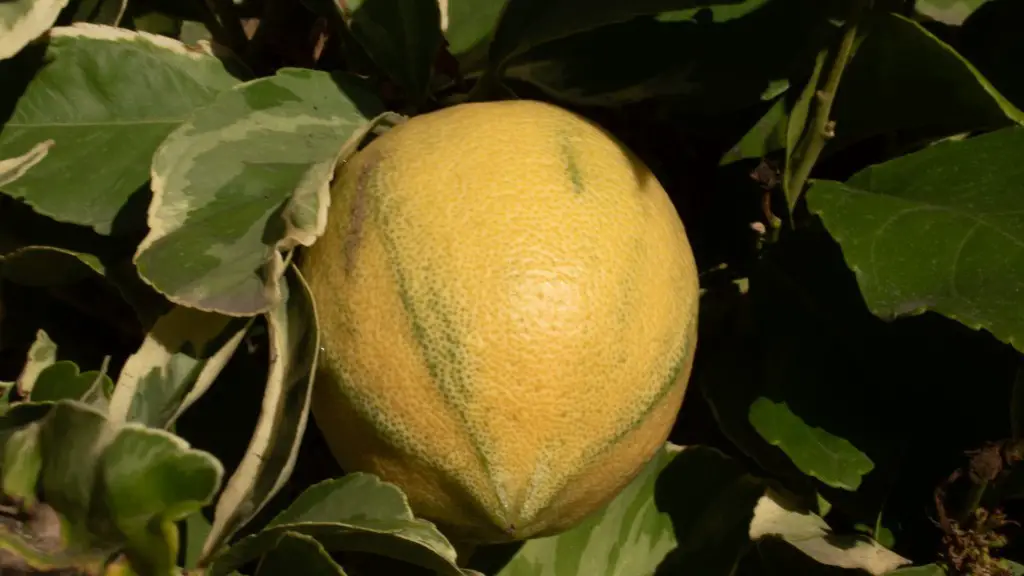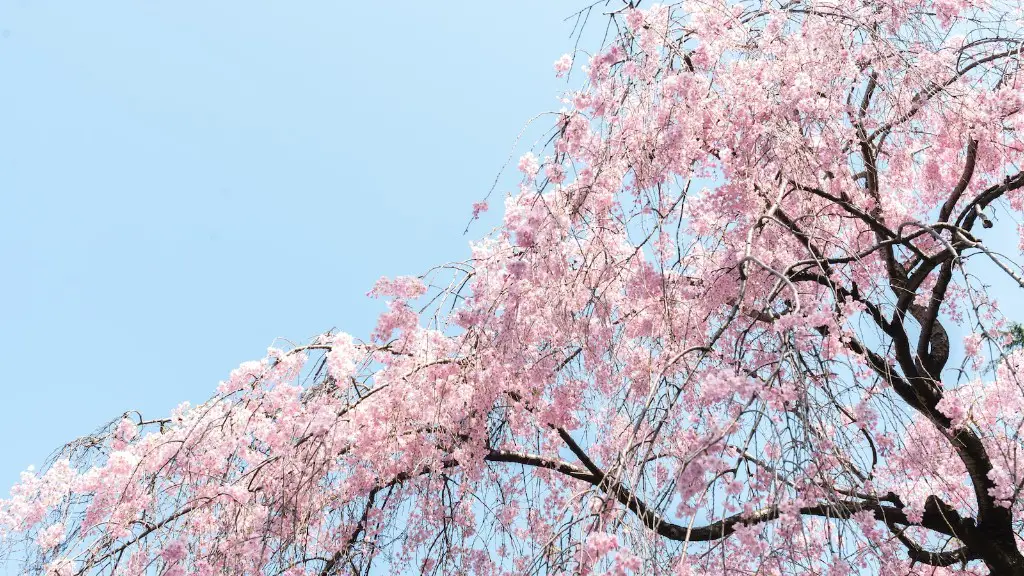One of the most curious phenomena observed in nature is the curling of lemon tree leaves. On some occasions, this phenomenon has caused fear to gardeners and farmers, making them believe that something is wrong with their lemon tree. Despite the concern it might cause, curling of leaves is a natural phenomenon, and can be better understood with an exploration of the underlying causes.
The primary cause of curling in lemon tree leaves is dehydration. The leaves on the lemon tree lack enough water to remain turgid and flexible, and will start to curl inward when this occurs. Drying of the leaves is usually a result of high temperatures, low levels of moisture in the soil, and watering inefficiency. The decrease of humidity in the atmosphere additionally further contributes to the process of dehydration.
The second factor in curling of leaves is excess salts within the soil. Salt accumulation over a long period of time, generated by fertilizers, will interfere with the capacity of the lemon tree to absorb water, hence stressing the leaves and causing them to curl. Also, excess or deficient amounts of nutrients in the soil can further contribute to the stress of the lemon tree, causing leaf curling.
Insect infestation is a third likely trigger of curling of lemon tree leaves. In particular, aphids suck on the sap of the plant, leaving the leaves more prone to changes in temperature, humidity and the like. These parasites secrete the “honeydew” which helps to promote the growth of fungi, weakening the structural integrity of the lemon tree leaves and causing them to curl.
Finally, curling of leaves may be caused by irrigation-water that has been contaminated either with pathogenic fungi or bacteria. Intake of such water may damage the cells in the lemon tree and lead to the curling of the leaves. Damage of cells can also be caused by highly alkaline fertilizers or insecticide, increasing the chances of curly leaves.
Mechanism of Curling
The curling of lemon tree leaves is a result of the stomatal closure, which involves the closing off of the pores present in the leaves as they seek to protect themselves against the enemies mentioned above. Stomatal closure will cause the transpiration of the lemon tree to decrease, limiting the plant’s water uptake. This leads to the leaves curling inward as turgor pressure decreases, thus preserving the tree from dehydration and contamination.
Effect on Lemon Tree Development
The curling of lemon tree leaves may severely interfere with the process of photosynthesis, limiting fruit and flowers production. The tree will also experience stunted growth and defoliation, as the leaves are unable to maintain their position, essentially leading to their painful death.
Preventive Measures
To prevent the curling of lemon tree leaves, it is important to reduce stress, be it caused by pests, lack of nutrients or water supply. Therefore, the optimal temperature, moisture in the soil and the right balance of nutrient levels need to be provided. Irrigating the lemon tree adequately is also essential, as it helps to maintain the general condition of the tree while precluding the intrusion of salt.
Differences from Other Trees
The curling of lemon tree leaves, though caused by the same general factors, may slightly differ from the leaves of other fruit bearing trees. Lemon trees, due to their volatile oils and fragrant flavor, are more sensitive to certain conditions like influx of pest and humidity. As a result, when these conditions are not taken into consideration, the leaves are more prone to curling than those of other trees, particularly those in tropical regions with high temperatures and humidity.
Curling Spots
The curling of the leaves on the lemon tree is generally found at the edges of the leaves or near the midrib and costal veins. The leaves, as described before, will bend and curl inwards as to preserve turgor pressure in the plant. Furthermore, spots of discoloration may be found near such areas of curl, as the plant may be affected by fungal infections or other disease.
Leaf Curling Treatment
Given the stress induced on lemon tree leaves and other trees, it is not a surprise that such plants require protection in order to prevent leaf curling and to restore their natural physiological condition. To this effect, it is recommended to use fungicides, insecticides and other agents that may help to reduce factors such as environmental stresses and pathogen attack. However, it is important to use these agents carefully, as the excessive applications can further damage the lemon tree and increase the chances of leaf curling.
Root Causes of Leaf Curling
In certain cases, the curling of the leaves might be caused by root problems such as root rot or fungal infection. Root rot can be caused by over-irrigation or by the presence of highly alkaline substances near the root of the tree. Additionally, fungi may attack the plant, especially when humidity is accompanied by low temperatures. The signs of this attack will be noticed in the leaves with the presence of curling and the discoloration.
Diseases Affecting Lemon Tree Leaves
A number of fungal diseases like powdery mildew and anthracnose can also cause lemon tree leaves to curl. Powdery mildew is caused by a fungus that affects the upper side of the leaves, forming a thin layer of white residue. Anthracnose is another type of fungal problem, but one which affects young leaves, causing them to curl and discolor. In either case, it is important to inspect the tree regularly and to take preventive measures immediately if any sign of such diseases are discovered.
Natural Remedies
Various natural solutions exist to help prevent or treat the curling of lemon tree leaves. One of these solutions is to spray the lemon tree with a solution of copper sulfate and soap. This mixture helps to reduce population of aphids, as well as promote good bacteria in the soil. Additionally, the application of compost or mulch can help to increase the moisture capacity of the soil, reducing the risk of dehydration in the leaves. Furthermore, pruning of the tree is also recommended, to remove the diseased or dead leaves and encourage new leaf production.



